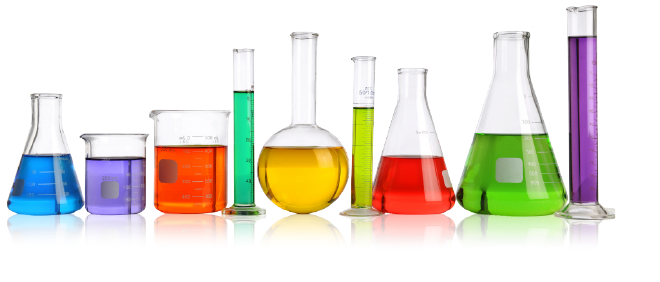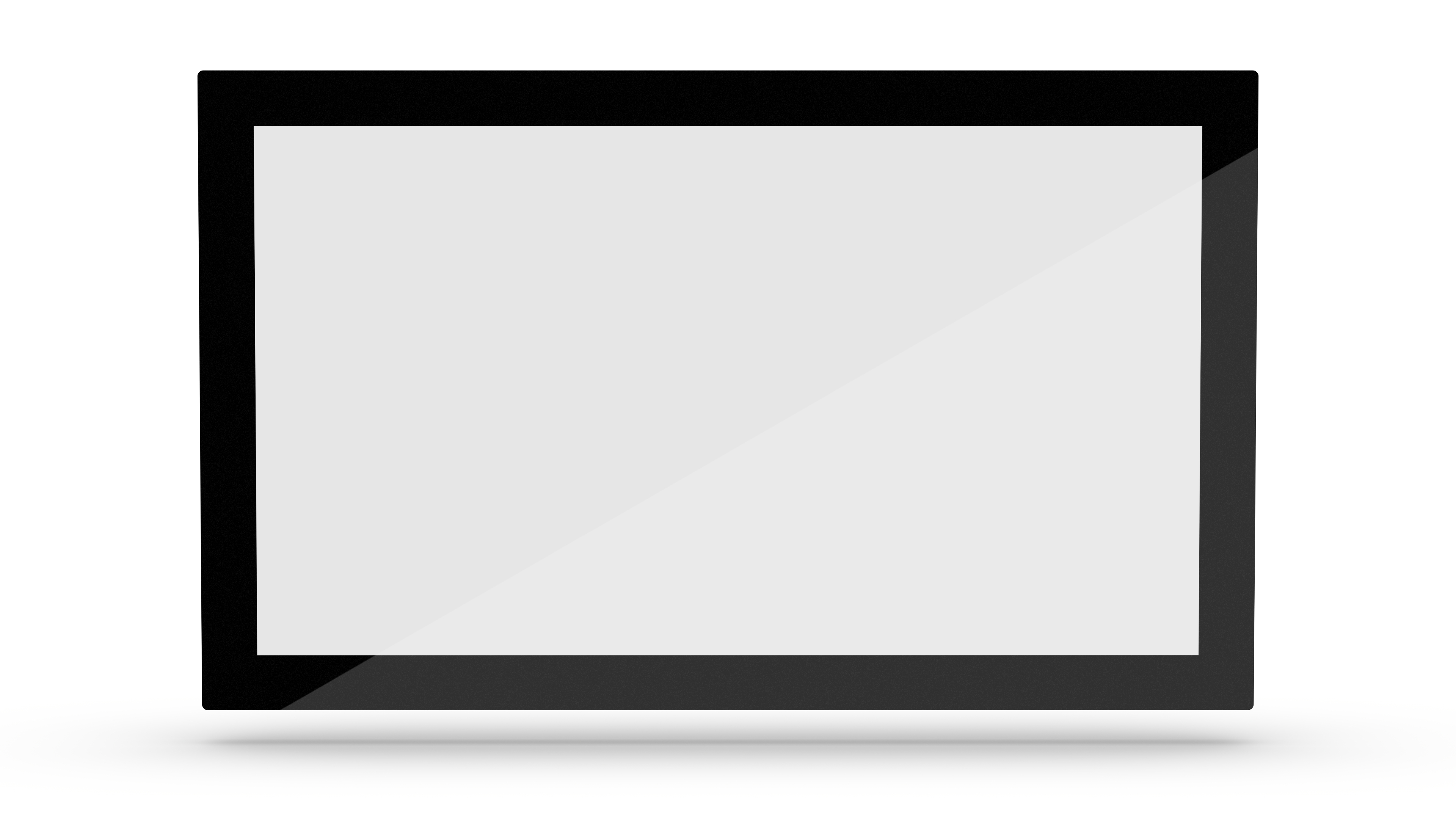Chemiebeständig Chemisch resistenter Touchscreen
Chemically resistant touchscreens
The chemical resistance of a touchscreen is an extremely important property that should be taken into account when choosing the right technology. Many detergents and disinfectants contain chemical substances such as alkalis and could damage the surface of a touchscreen.
In addition to laboratories, clinics and certain branches of industry, there are also areas of application with high pollution environments that cannot exclude contact with chemicals.
Christian Kühn, Glass Film Glass Technology Expert
Passed test procedures
Our patented ULTRA touchscreens have been tested for chemical resistance using common methods.
Interelectronix 's patented ULTRA GFG touch screen has been tested for chemical resistance according to ASTM D1308-87 and ASTM F1598-95 test methods.
According to the two test methods, the ULTRA GFG touchscreen is chemically resistant.
Cross-industry use
The big advantage of the glass film glass ULTRA touch screen compared to other resistive touch screens is the borosilicate glass surface.
Accordingly, they resist spilled liquids such as cola, beer or red wine just as easily as cleaning agents, cleaning agents or disinfectants.
Borosilicate glass is particularly frequently used for glassware in the laboratory or in chemical process engineering. Thanks to this special micro-glass surface lamination, ULTRA GFG touchscreens are excellently qualified for clinical environments and also for particularly harsh industrial environments.
Chemical resistance glass vs PET
Other resistive touch panels have a polyester surface lamination, which can be easily damaged by chemical substances, so precautions are essential.
The big disadvantage of a polyester outer layer is that polyester can change under the influence of chemical substances. Common liquids or detergents can lead to softening of the polyester outer layer, which significantly impairs the functionality of a touch screen.
Our patented ULTRA GFG touchscreens are qualified for use in clinical environments as well as for particularly harsh industrial environments due to their hard, chemical-resistant glass surface.

RESIST CHEMICALS
Chemical resistance describes the resistance of the materials used to the effects of chemicals.
Chemically resistant therefore means that the material retains its characteristic mechanical, physical and chemical properties (or changes them only extremely slowly in technical practice), even if chemical substances act on it.
Chemical resistant refers to the strength, coloration, as well as the chemical composition of a material. The ASTM (American Society for Testing and Materials) has established test methods for chemical resistance. Two standards are relevant for the quality of touch panels:
- ASTM D1308-87 describes the test methods for household chemicals on clear or pigmented organic materials and
- ASTM F1598-95 the effect of liquid chemicals on a key membrane or graphic overlay.
Both test methods refer to the visible changes in the surface of a touch screen.
ASTM D1308-87
The ULTRA GFG touchscreen surface from Interelectronix has been tested according to ASTM D1308-87. For an exposure time of one hour at 22° C and at 45% humidity, the ULTRA GFG touch screen is insensitive according to the chemicals defined in ASTM F1598-95.
ASTM F1598-95
Liquid chemicals are: tea, coffee, ketchup, mustard, vinegar, beer, Coca-Cola, red wine, cooking oil, detergents, dishwashing and cleaning agents, bleach and hydrogen peroxide, various alcohols, acetones, methyl ethyl ketones (MEK) and lubricants and fuels such as oils, diesel or gasoline.
The ULTRA GFG touch screen is resistant to the chemicals specified in ASTM F1598-95.
